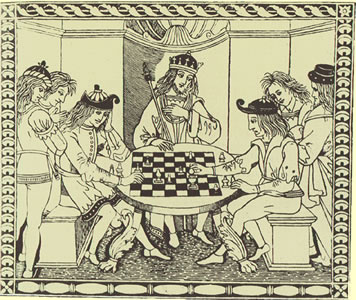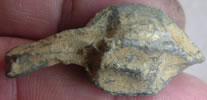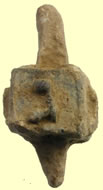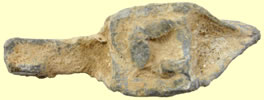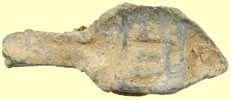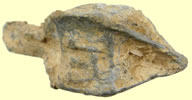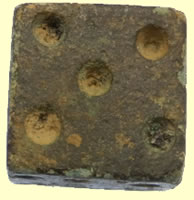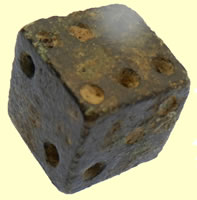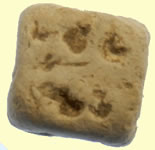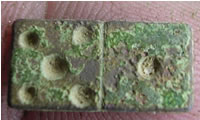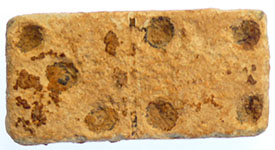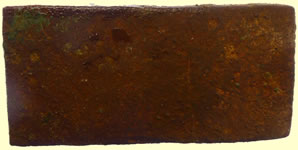

Metal detecting holidays in England with the World's most successful metal detecting club.20 years plus.
Twinned with Midwest Historical Research Society USA.
Chess, dice and gaming pieces -under construction |
|||
Some people say that the earliest ancestor to chess was known was Shaturanga, which is a 4 player version of Chess. The bulk of opinion, though would have it that this didn't turn up until around 1000AD. The other primary theory is that Chess came from China. The game of chess as it exists today emerged in southern Europe toward the end of the 15th century. Some of the old shatranj rules were modified, new rules were added-such as castling, the two-square pawn advance, and the en passant capture-and the powers of certain pieces were increased. The most important changes turned the fers (counselor), a weak piece in shatranj, into the queen, the strongest piece in chess, and the alfil, which moved in two-square steps, into the far-ranging chess bishop. The new game achieved popularity all over Europe. Some of the best players of the 15th and 16th centuries, notably Lucena and Ruy Lopez of Spain and Damiano of Portugal, recorded their games and theories in widely circulated books of chess instruction. In the second half of the 16th century, Italian players such as Polerio and Greco dominated the game. The greatest figure in the early history of modern chess was the 18th-century French player François-André Danican Philidor. He was the leading chess player of his time and a renowned composer. In 1749 Philidor published one of the most influential theoretical works in chess history, L'analyse du jeu des Échecs (Analysis of the Game of Chess), which was eventually translated into many languages. Philidor was the first to analyze many of the main strategic elements of chess and to recognize the importance of proper pawn play. French players continued their dominance of the game into the 19th century.
The group of chess pices below have been found at a Medieval fairsite but the site dates from Celtic through to the 19thC. I would loosely date them as medieval but some appear earlier and later. I have been searching the net for equivalent pieces without sucess. It is possible that they were brough back from the Holy wars are are not English examples. If you are a chess buff and know what dates the pieces are then please drop me a mail. E-mail |
|||
|
|
|||
| Jewish Dreidel |
|||
Dice |
|||
Herodotus, the fifth century B.C. Greek "Father of History," attributed the invention of dice to the Lydians, who gambled as a way to get their minds off the great famine in the reign of King Atys. Herodotus's contemporary, the Greek playwright Sophocles, said that dice were invented in his country by Palamedes, who taught the game to the soldiers at the siege of Troy in about the year 1,000 B.C. However, archaeological evidence shows that dice existed long before the time of the Greek, the Trojans, or the Lydians. Roman dice were "tesserae" . They were largely used for gambling, which was later made illegal, except during the Saturnalia festival. In Roman literature it is generally frowned upon as an immoral activity associated with drinking and violent arguments. It would appear, however, from the large number of dice found , that both the law and this moralising attitude were ignored by many inhabitants. Whilst most are what we would consider nowadays to be normal dice shapes, they actually come in lots of different shapes - and are made from a number of different materials, such as bone, lead, stone, marble, crystal .
Roman bronze dice - opposite faces do not add up to 7
Roman bone dice |
|||
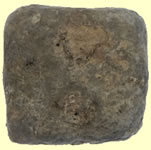 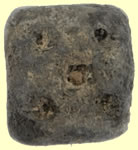  |
|
||
   |
  |
||
   |
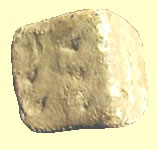 |
 |
|
 |
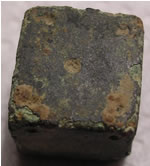 |
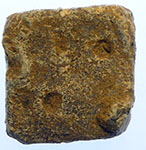 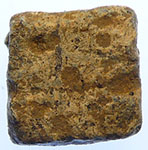 |
|
Dominos |
|||
The game arrived in Britain in the late 18th Century from France (possibly via French prisoners of war) and quickly seems to have become popular in inns and taverns at the time. The word "Domino" is French for a black and white hood worn by Christian priests in winter which is probably where the name of the game derives from. Dominoes or variants of it are played in almost all countries of the world but it is most popular in Latin America. |
|||
|
|||
Vintage 6 sided Single level Put and Take Spinner Game, Circa 1940/50s. Maker - Unknown Marks - Stamped to the sides with the following ALL PUT, PUT TWO, TAKE ONE, PUT ONE, TAKE ALL and TAKE TWO Circa - 1940/50s Construction - Solid Brass Put & Take tops were very popular from the 19th century to the end of the 1940’s. They could be easily carried in the pocket and used anytime in a bar or home for an quick gambling session. Each player would contribute chips, coins or currency to a pot, they would then take turns spinning the top. There has been many variants of put and take spinners made throughout history; including ones with six sides, eight sides, ten sides and even 12; they come in single level and bi-level with the upper level showing if you won or lost, the bottom tier would tell you how much; the race horse tops, the bottom tier would indicate which horse won, and the upper tier would give the odds. |
|||
Gaming pieces |
|||
 |
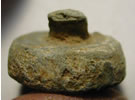 |
 |
 |
 |
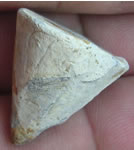 |
 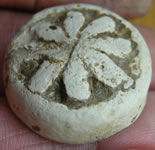 |
|
Viking gaming piece 813.g, 25.79mm dia x 11.65mm T |
|||
 |
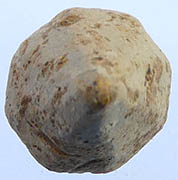 |
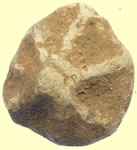 |
 |
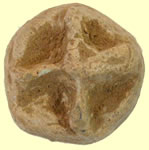 |
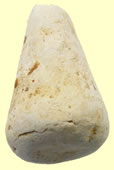 |
 |
 |
 |
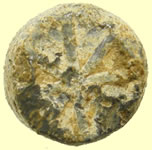 |
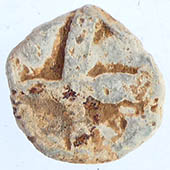 |
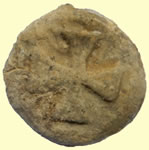 |
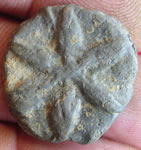 |
 |
||
1788 George III gilded copper gold guinea gaming token |
|||
  |
 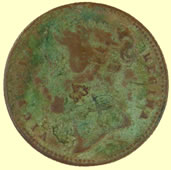 |
||
| 1798 George III gold guinea gaming token | Victorian gaming token | ||
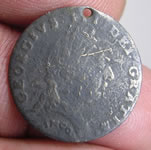 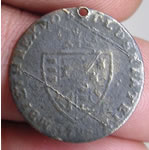 |
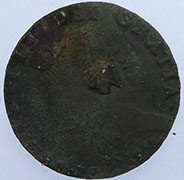 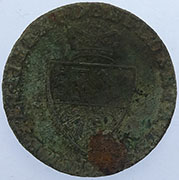 |
||
| 1796 George III gold guinea gaming token | 1797 George III gold guinea gaming token | ||
 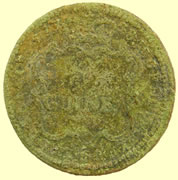 |
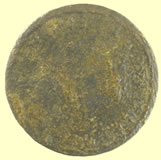 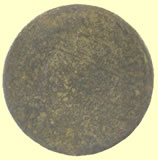 |
||
| George III gold guinea gaming token | 1797 George III gold guinea gaming token | ||
 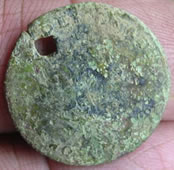 |
 |
||
| 1797 George III gold guinea gaming token | 1800 George III gold guinea gaming token | ||
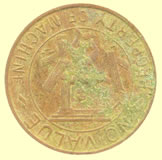 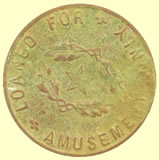 |
 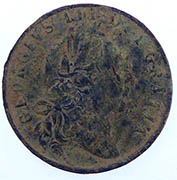 |
||
| Slot machine token | 1797 George III gold guinea gaming token | ||
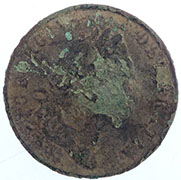  |
 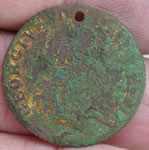 |
||
| 1797 George III gold guinea gaming token | 1791 George III gold guinea gaming token | ||
 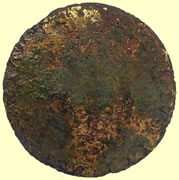 |
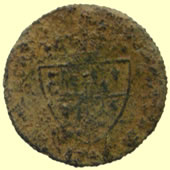 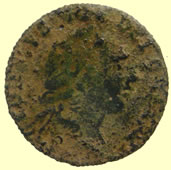 |
||
| 1797 George III gold guinea gaming token | 1797 George III gold guinea gaming token | ||
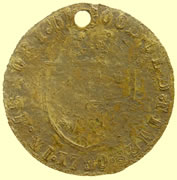 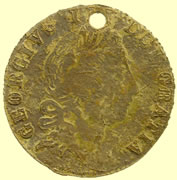 |
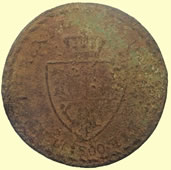 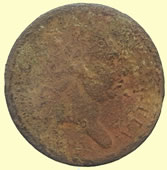 |
||
1790 George III gilded full guinea gaming token 'For the good old times' |
1800 George III gold guinea gaming token | ||
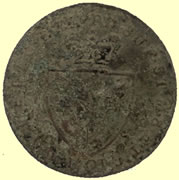 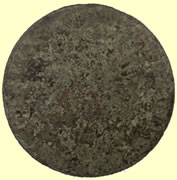 |
 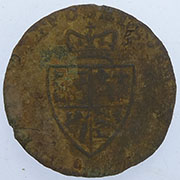 |
||
| 1797 George III gold guinea gaming token | 1797 George III gold guinea gaming token | ||
 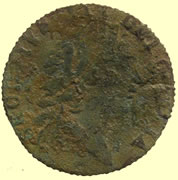 |
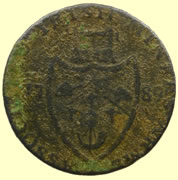  |
||
| 1788 George III gold guinea gaming token | 1789 George III gold guinea gaming token | ||
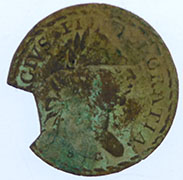  |
  |
||
| 1800 George III gold guinea gaming token | 1797 guinea gaming token | ||
  |
  |
||
| 1790 guinea gaming token | George III gold guinea gaming token | ||
 |
  |
||
| Victorian gaming token | George III gold guinea gaming token | ||
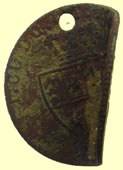 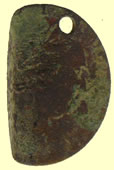 |
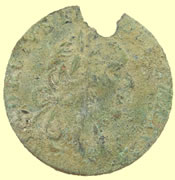 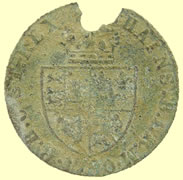 |
||
| George III gold guinea gaming token | 1790 guinea gaming token | ||
  |
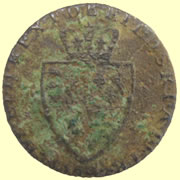 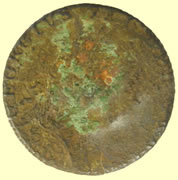 |
||
| George III gold guinea gaming token | George III gold guinea gaming token | ||
  |
|||
| George III gold guinea gaming token | |||
 |
|||
